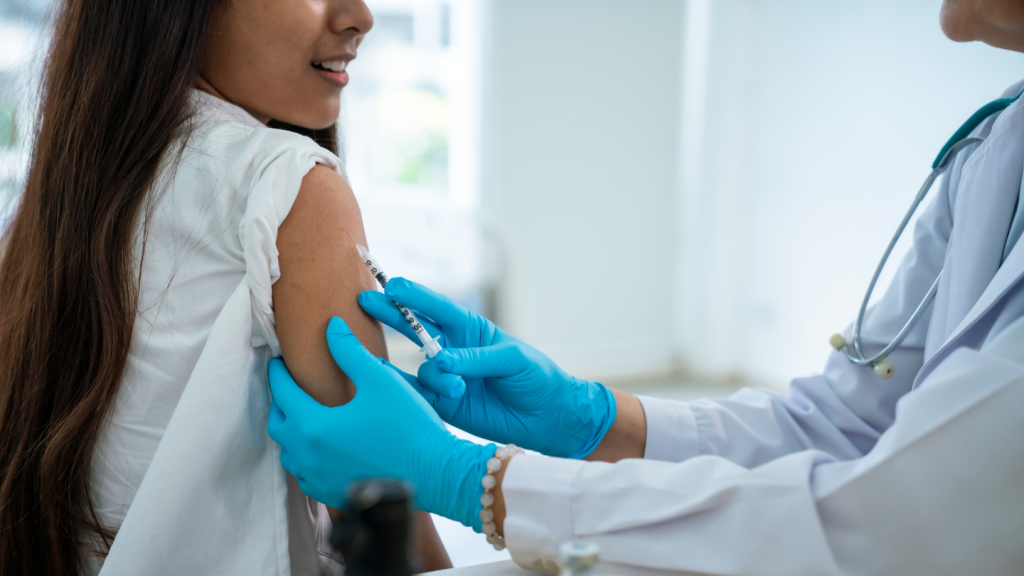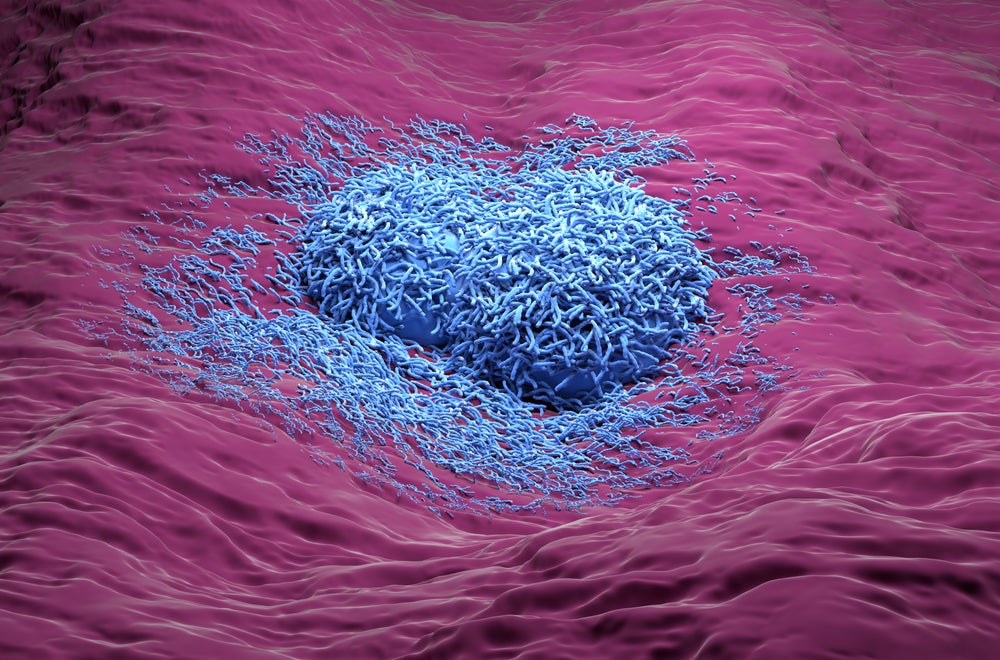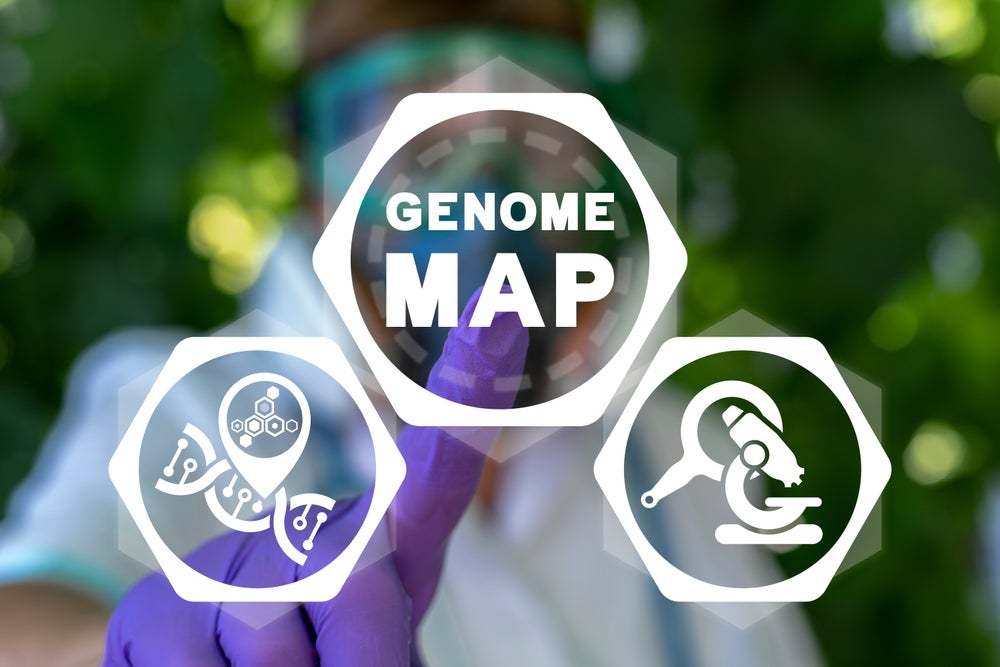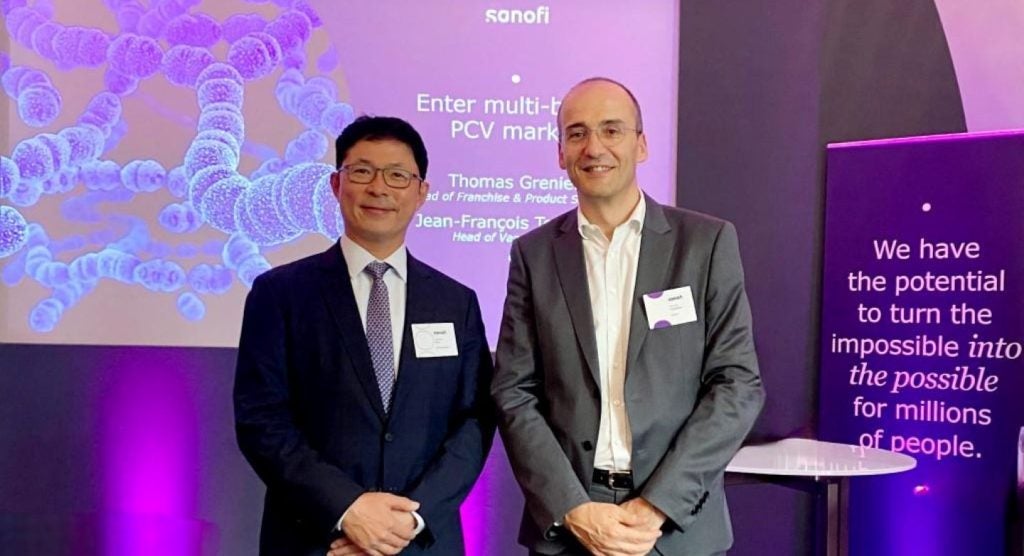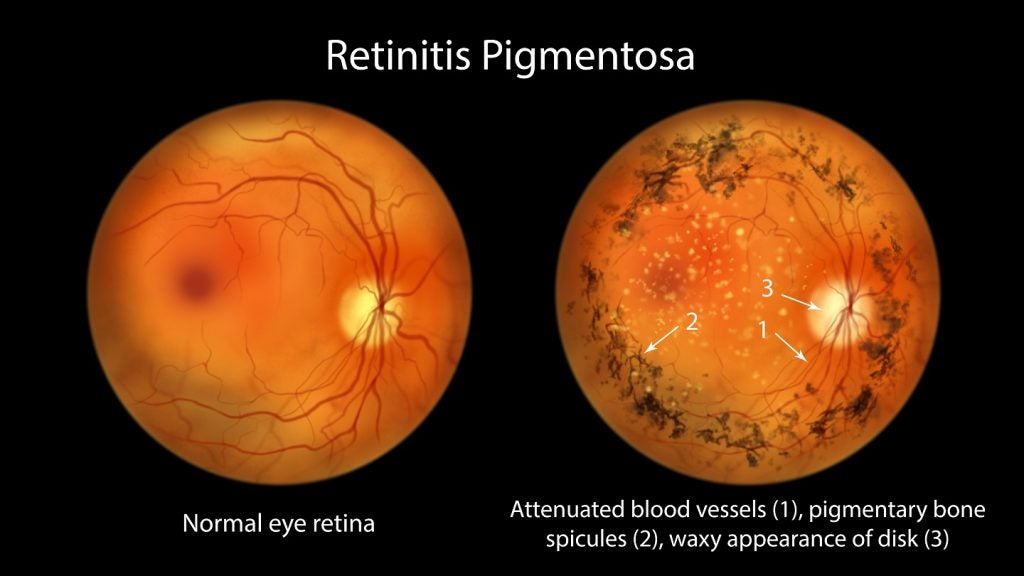The approval of Novo Nordisk’s Wegovy in 2021 catapulted the landscape of obesity medications as companies race to develop other drugs which can provide higher levels of efficacy.
At the American Diabetes Association (ADA) meeting in June 2023, companies including Novo Nordisk and Eli Lilly provided fresh readouts of their oral candidates, semaglutide and orforglipron, respectively, with efficacy readings of more than 15% highlighting just how fast the market is growing.
According to a report by GlobalData, the market for obesity drugs is predicted to be worth $37.1bn in 2031. GlobalData is a parent company of the Clinical Trials Arena.
As more trials take place globally, not only will this help to provide a wider range of treatments for patients but will also assist the unmet need of lack of supply. Most of the current obesity treatments that target glucagon-like peptide 1 receptors (GLP-1’s) such as semaglutide, were originally used to treat type 2 diabetes. It is expected that due to recent advancements in obesity medication drugs targeting GLP-1’s as well as dual and triple-agonists will remain the primary mechanism of action (MOA).
Dr Louis Aronne, medical director of the Comprehensive Weight Control Center in the Division of Endocrinology, Diabetes, and Metabolism at Weill Cornell Medicine, says that comparing trial read-outs now to when GLP-1’s were first discovered about 12 years ago, it is possible to pinpoint the moment of scientific breakthrough in obesity treatment.
“When the GLP-1s were first discovered I don't think people would have predicted they could be manipulated to produce this type of weight loss,” says Aronne. “The first-generation drugs were always 5%, 6%, 7% and it looked like we were never going to breakthrough. Suddenly in comes semaglutide, which produced 15%, 16% weight loss, virtually triple what we had before, a huge breakthrough.”
Professor Carel le Roux, director of the Metabolic Medicine Lab at the Diabetes Complications Research Centre at the Conway Institute, University College Dublin, explains that because of continued high efficacy levels in GLP-1’s that were previously used for diabetes, pharmaceutical companies have started to flip the way they are testing new drugs.
“Companies used to first de-risk the treatment by using it for diabetes, and then expand into the disease of obesity,” says le Roux. “What we are now seeing is that companies are doing the opposite. I think you're going to see drugs designed for obesity being used for people with diabetes and you're going see drugs designed for diabetes that will be used for people with obesity. It’s going to be bi-directional.”
Semaglutide efficacy
Most of the drugs targeting obesity on the market at this moment are subcutaneous but there is an increase in trials looking at easier methods of administration with the first oral drugs specifically developed for patients with obesity reaching the final trial stages.
Novo Nordisk does already sell an oral form of semaglutide, with a market name of Rybelsus, which some people use off label for weight loss however its primary purpose is to treat type 2 diabetes.
Denmark-based Novo Nordisk’s are reaching the end of the OASIS trials for another oral version of semaglutide (NN-9932) specifically for the use of patients with obesity. OASIS1 has already reached the primary endpoint in a Phase IIIa trial, with results published in May 2023 with reports of 15.1% weight loss, a similar efficacy rating to Wegovy. OASIS4, which is scheduled to end on 19 March 2024, is also testing daily oral semaglutide but at a 25mg dosage. Given the positive readout in OASIS1, Novo Nordisk plans to seek FDA approval of the daily tablet before the end of 2023.
Pfizer is also developing oral drugs and is coming close to the end of two trials, one of danuglipron tromethamine (PF-06882961).
The pipeline drug targets GLP-1 receptors and is being trialled for both efficacy and safety in obesity and type 2 diabetes. It is administered either intravenously or orally and patients in the obesity category will receive either 80mg, 140mg, 200mg, 260mg or the placebo daily, with two arms within the 200mg dosage.
The Phase IIb trial of danuglipron tromethamine is due to end on 12 September 2023. The trial is evaluating the efficacy and safety of the drug in adults with obesity. Danuglipron tromethamine is another pipeline drug that targets GLP-1 receptors. In the trial involving 627 patients, there will be 13 arms, 11 testing varying doses of the drug, and two testing placebos.
le Roux believes that oral medications will change the landscape of obesity treatment by providing patients with alternative treatment options. “I think that the oral formulations are going to be equally effective to the injectable formulation because the plasma levels of the medications will be exactly the same,” says le Roux. “What we will find is there is more flexibility for patients, some patients would prefer to have a once-weekly injection and some patients would prefer to have one daily tablet.”
Aronne agrees that orals will have an impact in the market but believes that due to the efficacy in some of the current early trials of new injectables, doctors will make a patient-to-patient decision dependent on the severity of the disease.
“We're in a race for efficacy with the injectables, but the oral agents are going to have very robust weight loss, so people have a choice. People with very high end of the weight range who have severe obesity are going to be able to be treated and get much better with the injectable agents. People at the lower end of the spectrum may not need that kind of efficacy,” says Aronne.
Dual agonists
Dual agonists and triple agonists are also expected to be another breakthrough in obesity treatment. Dr Aronne notes that not only could dual agonists be even more effective in patients with obesity but will also help to treat patients with other diseases including non-alcoholic steatohepatitis (NASH).
“Dual agonists are much higher doses so instead of going up to 2.4mg it goes up to 15mg. It may be that Glucose-dependent insulinotropic polypeptide (GIP) makes GLP-1 more tolerable so that you can take much more than GLP-1 and get more of an effect,” says Aronne.
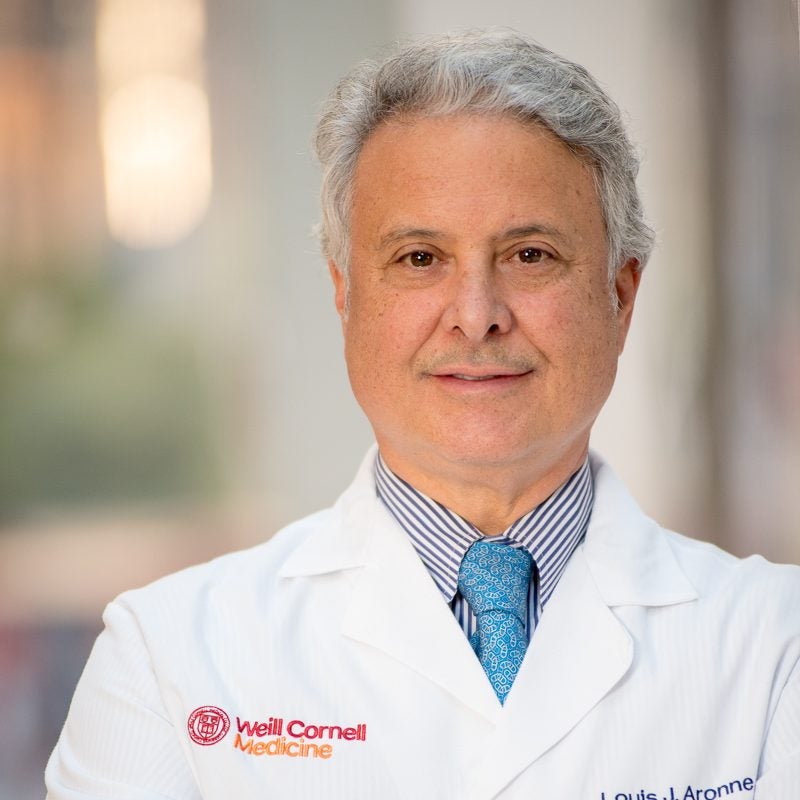
“Now we're talking about 20% weight loss (Eli Lilly’s tirzepatide) so there's been a progression. Dual agonists also seem to be particularly good at emptying fat out of the liver. So, for people with fatty liver, which is now will become the leading cause of the need for liver transplant since hepatitis C has been treated, those people need these dual agonists.”
Altimmune is coming close to the end of a Phase II trial testing the efficacy and safety of pemvidutide on obese patients which is a dual agonist targeting GLP-1 and glucagon receptors (GCGR). Week 24 interim data appears promising with Altimmune reporting that approximately 50% of subjects achieved 10% or more weight loss. Other trials being conducting testing the drugs efficacy in NASH patients are currently at Phase I and Phase II.
Another dual agonist in development is China-based Innovent Biologics’ mazdutide with a Phase III trial due to conclude on 12 January 2024. Mazdutide again targets GLP-1 and GCGR and is showing positive results following the Phase II trial, meeting the 24-week endpoint. The results which were released on 11 May 2023 showed a 15.4% mean change in body weight from baseline versus the placebo after 24 weeks.
GLP-1 agonists set to dominate the market
Alternative MoAs in anti-obesity drugs are being investigated, however experts believe that GLP-1 agonists will remain the main player in the market. Companies are trying to find alternatives with two trials to watch which could open the door for a larger range of alternative therapies.
Tonix Pharmaceuticals is conducting a Phase II trial in collaboration with Massachusetts General Hospital of pipeline TNX-1900 (oxytocin) which is due to end on 1 April 2024. The trial is investigating how a nasal administration of the hormone drug could help with obesity and binge eating disorder.
The drug acts by targeting oxytocin receptor and Calcitonin Gene Related Peptide (CGRP). The randomised, double-blind, placebo-controlled study is investigating the efficacy and safety of TNX-1900. Although the pipeline drug is yet to be approved for other therapies, other trials are being conducted to review its safety and efficacy for the prevention of chronic migraines.
Also looking to move away from GLP-1 receptors is Japan-based Shionogi which is currently conducting a Phase II trial of S-309309, a pipeline oral drug which acts by targeting the monoacylglycerol acyltransferase-2 (MGAT2).
MGAT2 plays a major role in lipid metabolism in the small intestine. The randomised, placebo-controlled, double-blind, multicentre clinical study is due to enrol 300 participants who will be randomised across two arms, one arm receiving the drug and the other the placebo.
Overall, it appears that the landscape for trials in the obesity market is moving rapidly with a number of drugs which appear to be effective nearing the final stages of development. As more medications hit the market, it will become easier for doctors to not only treat obesity but other metabolic disease as well as improving quality of life.
“When you treat obesity, you treat all these things,” says Aronne. “If you treat someone’s blood pressure with blood pressure medicine you don't treat their diabetes, you don't treat their sleep apnoea, their fatty liver, or mobility issues. It's not possible, but when you treat obesity, you get them all, to one extent or another. And that can't be underestimated. Treating obesity has enormous clinical value for patients.”




